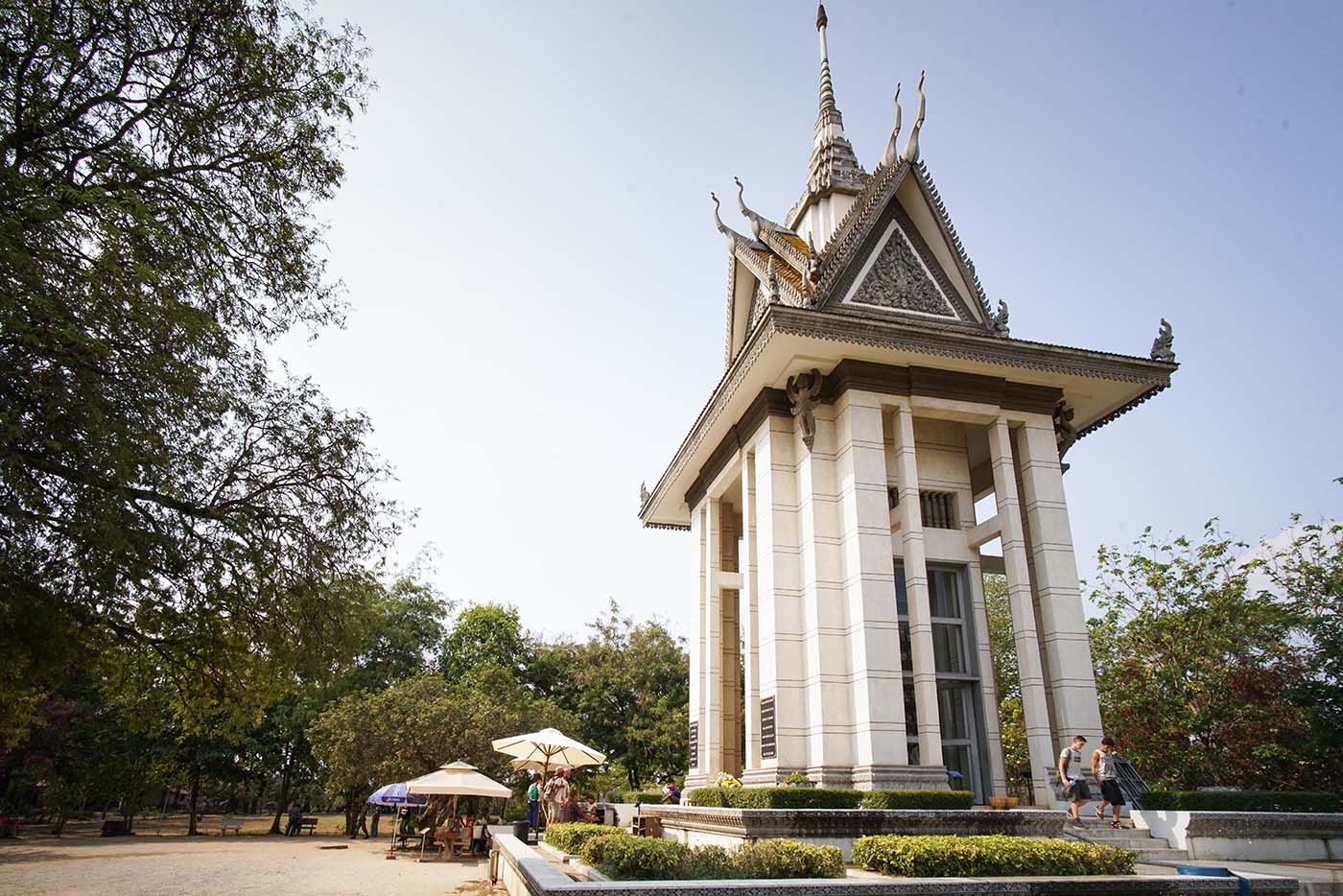Phnom Penh’s Hidden Killing Fields Tour

Phnom Penh, Cambodia's bustling capital, holds a dark chapter in its history that many travelers find both sobering and essential to understand. The Killing Fields tour offers a poignant glimpse into the atrocities committed during the Khmer Rouge regime. Visiting these sites, including the Choeung Ek Genocidal Center, reveals the harrowing past that shaped the nation. Walking through these grounds, you'll encounter mass graves, memorials, and hear stories of unimaginable suffering. This tour isn't just about witnessing history; it's about honoring the victims and learning from the past. Prepare for an emotional journey that will leave a lasting impact on your understanding of Cambodia.
Phnom Penh's Hidden Killing Fields Tour
Phnom Penh, Cambodia's bustling capital, holds a somber history within its vibrant streets. The Killing Fields, sites of mass graves from the Khmer Rouge regime, offer a poignant glimpse into the country's past. Here are some hidden spots that reveal the depth of this tragic history.
Choeung Ek Genocidal Center
Choeung Ek, the most well-known Killing Field, serves as a memorial to the victims of the Khmer Rouge. This site provides a haunting yet essential look into Cambodia's dark history.
- Memorial Stupa: This glass-walled stupa contains over 5,000 human skulls, arranged by age and sex. It stands as a stark reminder of the atrocities committed.
- Mass Graves: Numerous pits where victims were buried. Some still contain fragments of bone and clothing, visible to visitors.
- Killing Tree: A tree where executioners would kill children by bashing them against the trunk. It’s a chilling symbol of the regime's brutality.
Tuol Sleng Genocide Museum
Once a high school, Tuol Sleng was converted into Security Prison 21 (S-21) by the Khmer Rouge. It’s now a museum dedicated to the memory of those who suffered there.
- Interrogation Rooms: Preserved rooms where prisoners were tortured. The original beds and instruments remain, offering a grim insight into the prisoners' experiences.
- Photographs of Victims: Thousands of haunting black-and-white photos of the prisoners taken upon their arrival at S-21. These images humanize the vast number of victims.
- Confession Documents: Forced confessions extracted under torture, often leading to execution. These documents are displayed to show the extent of the regime's cruelty.
Wat Thmey (New Wat)
Wat Thmey, a lesser-known site, contains a small memorial and a stupa filled with skulls and bones of the victims. It’s a quieter, more reflective place to understand the impact of the Khmer Rouge.
- Stupa of Skulls: A glass stupa housing the remains of victims. It’s less crowded than Choeung Ek, offering a more personal experience.
- Monk-Led Tours: Monks often guide visitors, providing personal stories and historical context. Their insights add depth to the visit.
- Peaceful Grounds: The serene temple grounds contrast sharply with the grim history, offering a place for contemplation and remembrance.
Kraing Ta Chan
Kraing Ta Chan, located in Takeo Province, is another significant yet less-visited Killing Field. It offers a raw, unfiltered look at the horrors of the Khmer Rouge.
- Mass Graves: Similar to Choeung Ek, these graves are less disturbed, providing a more authentic glimpse into the past.
- Survivor Stories: Local survivors sometimes share their experiences, adding a deeply personal element to the visit.
- Memorial Stupa: A smaller stupa containing remains of the victims, serving as a poignant reminder of the lives lost.
Phnom Penh's Hidden Killing Fields Tour
Exploring these sites provides a deeper understanding of Cambodia's tragic history. Each location offers a unique perspective on the atrocities committed, ensuring that the memories of the victims are never forgotten.
Reflecting on Phnom Penh's History
Phnom Penh's Hidden Killing Fields Tour offers a profound look into Cambodia's past. Visiting these sites, like Choeung Ek and Tuol Sleng Genocide Museum, reveals the tragic history of the Khmer Rouge regime. The tour isn't just about seeing the sites; it's about understanding the resilience of the Cambodian people. Walking through these areas, you feel the weight of history and the importance of remembering those who suffered. This experience is both educational and emotional, leaving a lasting impact on visitors. If you're in Phnom Penh, this tour is a must. It provides a deeper appreciation for the country's journey and the strength of its people. Exploring these hidden fields, you gain insight into a dark chapter that shaped Cambodia's present and future.

